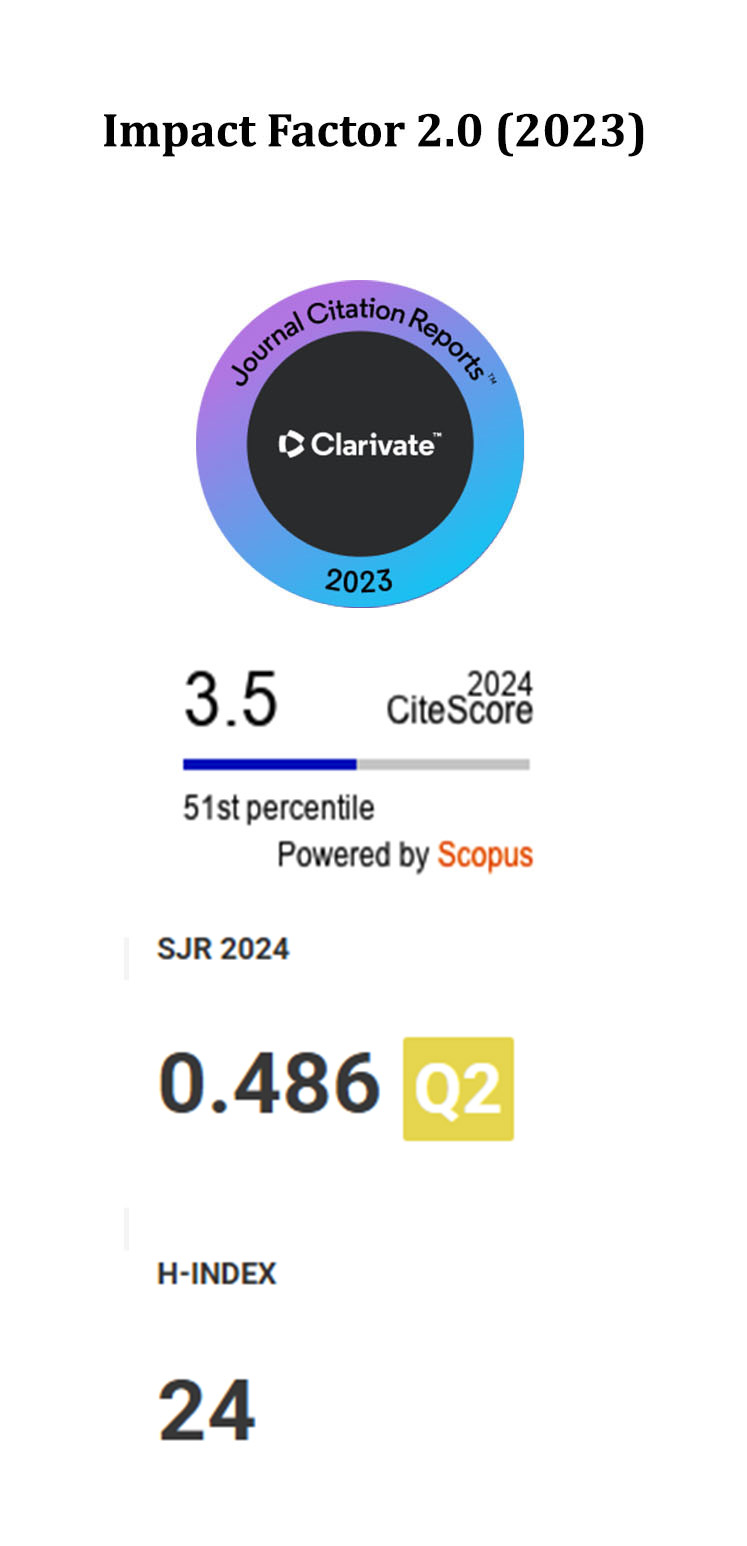SAEDF: A Synthetic Anomaly-Enhanced Detection Framework for Detection of Unknown Network Attacks
DOI:
https://doi.org/10.5755/j01.itc.54.2.40247Keywords:
unknown attack detection, synthetic attack anomalies, deep generative model, intrusion detection, network securityAbstract
Detecting unknown cyber-attacks (i.e., zero-day) is difficult because network environments change frequently and there are few labeled examples of anomalies. Traditional methods for detecting anomalies often struggle to handle unknown attack types and work effectively with complex, high-dimensional data. To overcome these problems, we propose a new approach called the synthetic attack-enhanced detection framework (SAEDF). SAEDF combines synthetic anomaly generation, flexible feature extraction, and unsupervised anomaly detection. The framework employs a model known as the adaptive and dynamic generative variational autoencoder (ADGVAE). This model generates realistic synthetic attacks and adapts its structure to work effectively with datasets of varying complexity. This helps the model work well with a wide range of attack patterns while still being efficient. Tests on benchmark datasets show that SAEDF performs better than other methods. It achieves higher scores for F1, Recall, and has a much lower rate of false positives. These results show that SAEDF is effective in finding unknown attacks, improving detection accuracy, and handling complex and changing network traffic.
Downloads
Published
Issue
Section
License
Copyright terms are indicated in the Republic of Lithuania Law on Copyright and Related Rights, Articles 4-37.




